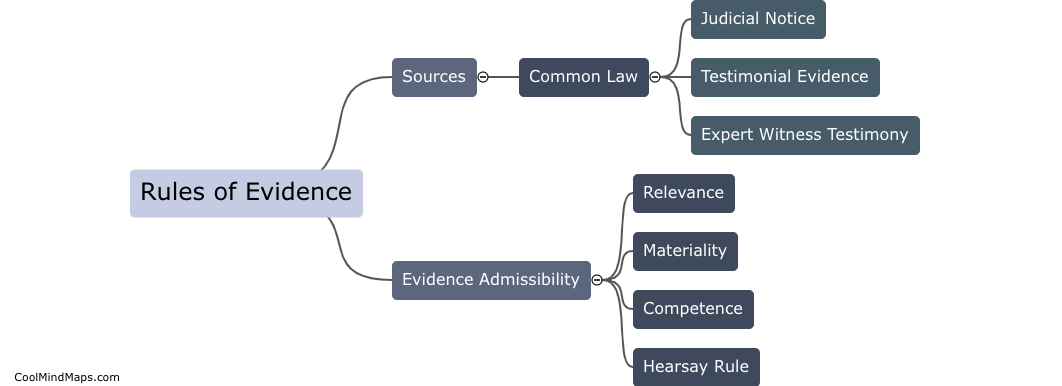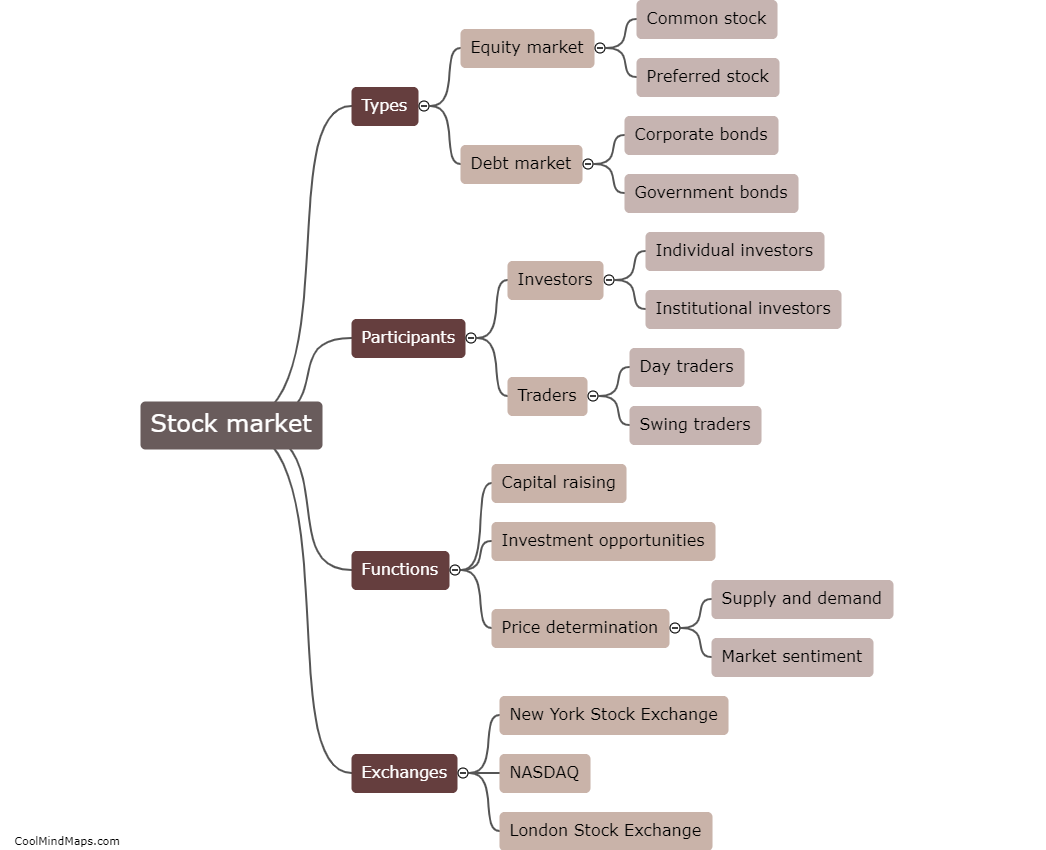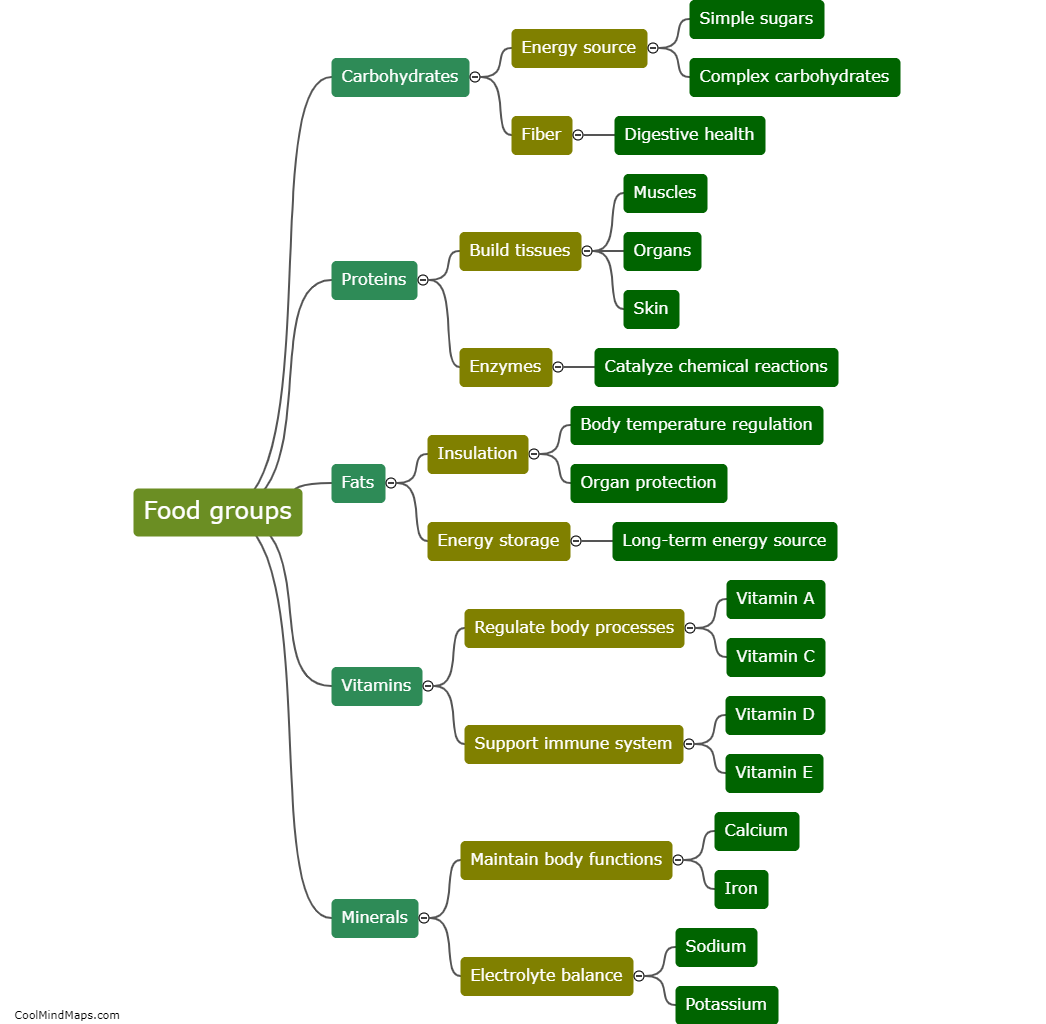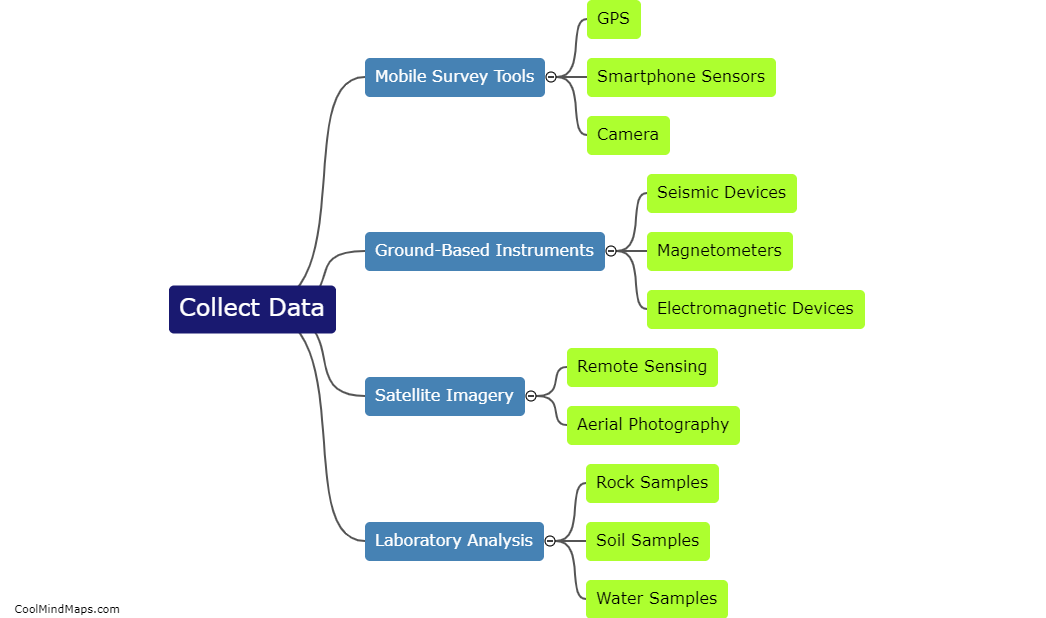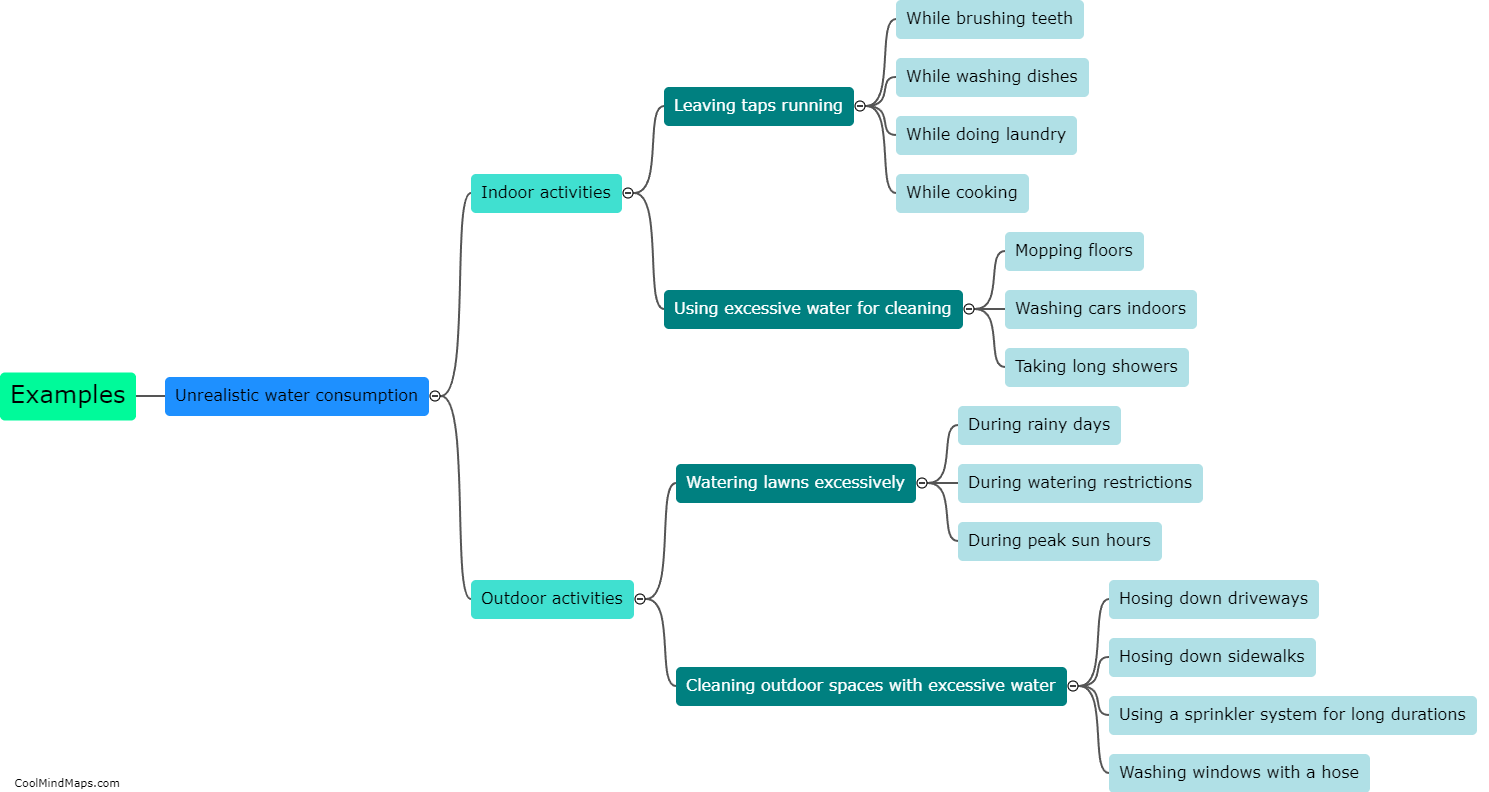What is the public distribution system in India?
The Public Distribution System (PDS) in India is a government initiative aimed at ensuring food security and reducing poverty by providing subsidized food and essential commodities to the underprivileged sections of the society. Established in 1947, the PDS has evolved into one of the largest food distribution networks in the world. It operates through a vast network of fair price shops (FPS) that distribute commodities such as rice, wheat, sugar, and kerosene to eligible beneficiaries at affordable rates. The PDS plays a crucial role in tackling hunger and malnutrition, particularly in rural areas, and serves as a social safety net for millions of vulnerable households. Despite its significance, the system faces challenges like leakages, inefficiencies, and corruption, which require constant monitoring and reforms for effective implementation of the program.

This mind map was published on 29 November 2023 and has been viewed 81 times.
